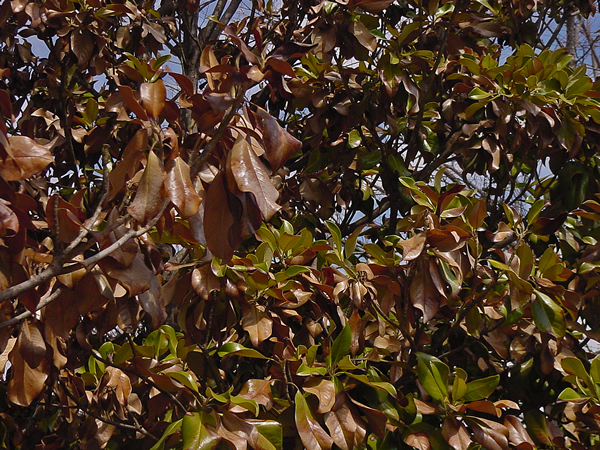Red Hot Pokers Plant: A Guide to Growing and Caring for Kniphofias
The red hot pokers plant, also known as kniphofia or torch lily, is a stunning perennial that is native to Africa. This plant is named after its unique flower spikes that resemble a poker or torch, and it comes in a variety of vibrant colors such as red, orange, and yellow. The red hot pokers plant is a popular choice among gardeners due to its striking appearance and easy maintenance.

One of the most notable features of the red hot pokers plant is its ability to attract hummingbirds and butterflies to the garden. The bright colors and nectar-rich flowers of the plant make it a favorite among these pollinators, which adds an extra element of beauty to any outdoor space. Additionally, the red hot pokers plant is known for its hardiness and ability to thrive in a variety of soil types and climates, making it a versatile choice for gardeners around the world.
Overall, the red hot pokers plant is a must-have for any garden enthusiast looking to add a pop of color and natural beauty to their outdoor space. Its unique appearance and ability to attract pollinators make it a standout choice among other perennials, and its easy maintenance requirements make it a practical option for gardeners of all skill levels.
Cultivation and Care
Planting and Sunlight Requirements
Red hot pokers are hardy perennials that thrive in full sun and well-drained soil. When planting, choose a location that receives at least six hours of direct sunlight per day. It is important to ensure that the soil is well-draining, as red hot pokers do not tolerate wet feet. If the soil is heavy, consider adding compost or sand to improve drainage.
Watering and Moisture Management
While red hot pokers are drought tolerant, they still require regular water during the growing season. Water deeply once a week, or more frequently during periods of extreme heat or drought. It is important to avoid overwatering, as this can lead to root rot. To help retain moisture and regulate soil temperature, consider adding a layer of mulch around the base of the plant.
Fertilization and Soil Nutrition
Red hot pokers do not require much fertilizer, but a slow-release fertilizer can be applied in the spring to promote healthy growth. It is important to avoid over-fertilizing, as this can lead to excessive foliage growth at the expense of flowers. In addition, red hot pokers prefer soil that is slightly acidic to neutral (pH 6.0-7.0). If the soil is too alkaline, consider adding sulfur to lower the pH.
Pruning and Maintenance
To encourage a longer blooming period, it is recommended to deadhead spent flower spikes regularly. In addition, pruning can be done in the early spring to remove any dead or damaged foliage. Red hot pokers do not require winter protection in most regions, but in areas with harsh winters, it is recommended to add a layer of mulch around the base of the plant for added insulation. Good drainage is also important to prevent water from freezing around the roots.
Propagation and Problems
Propagation Techniques
Red hot pokers can be propagated through division of clumps or by seeds. Division is the most common method used by gardeners. This is because the plants are rhizomatous and form clumps over time. Dividing the clumps is an easy and efficient way to propagate the plant.
To propagate through division, the gardener should wait until the plant is mature, then dig up the clump and cut it into several sections. Each section should have a healthy root system and at least one leafy shoot. The sections can then be replanted in well-draining soil.
Propagation through seeds is also possible, but it is less reliable and takes longer. The seeds should be sown in spring or early summer in a well-draining soil mix. They should be kept moist and warm until they germinate.
Pests and Diseases
Red hot pokers are generally hardy and disease-resistant plants, but they can suffer from root rot if the soil is too wet. To prevent this, the plant should be grown in well-draining soil and not over-watered.
The plant can also be attacked by pests such as thrips, slugs, and snails. These can be controlled by using insecticides or by handpicking the pests.
In addition, the plant can be susceptible to diseases such as leaf spot and rust. These can be prevented by maintaining good air circulation around the plant and avoiding overhead watering. If the plant does become infected, it can be treated with fungicides.
Overall, red hot pokers are easy to propagate and relatively problem-free. With proper care, they can be a beautiful addition to any garden.

